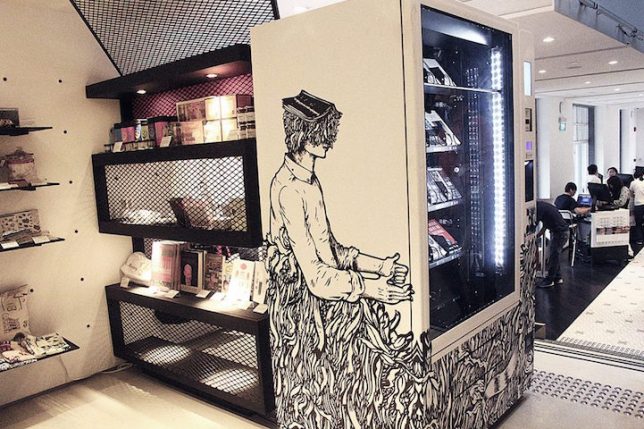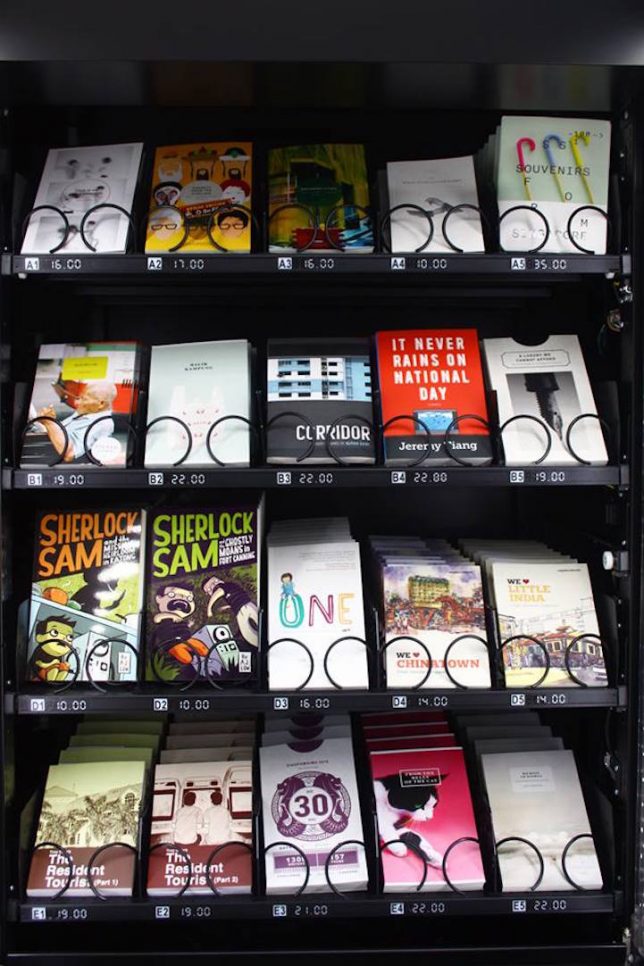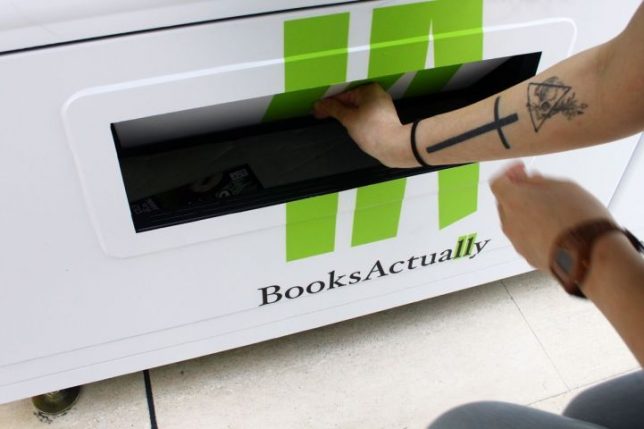You probably know a few professional photographers, and you’ve undoubtedly found them to be an invaluable fount of information. However, there are a few questions that beginners commonly ask that they secretly despise. Let’s take a look at five of those questions, and what you can ask instead.
#1 – Which camera should I get?

You’re just starting out with photography. You’ve discovered your creative eye through your phone, and you’re looking to get serious. Photography sounds like a fun hobby – it gets you outside and allows you to share your unique view of the world with others.
Perhaps you have some friends who are also photographers, and you don’t want to be left out when they start getting excited about apertures and bokeh. So where do you begin? You ask which camera you should buy, right? Wrong!
Why pros hate this question
Pros hate this question because it’s too vague. There are so many cameras out there, and they’re all designed to cater to specific needs. A camera is a very personal thing – much like a car – so others may find it difficult to advise your purchase.

A pigeon judges the tourist with a camera in a city park.
Do you want to shoot stunning stars at night (which would benefit from a full-frame camera), or do you want to build your fashion Instagram account? Are you looking to photograph wildlife (where a cropped sensor might come in handy), or are you interested in portraiture? Will you be traveling a lot and need something small and portable (mirrorless)? What is your budget? These all come into play choosing a camera.
It also depends greatly on your experience. If you’ve never played with f-stops, ISO, and shutter speeds, then any entry-level camera that teaches you these things will serve you well. Practice with the fundamentals of photography, learn what you enjoy shooting, and get more familiar with what all the features actually mean. Then you can make a much more informed decision or ask more directed questions.

What to ask instead
Do a little research first in order to understand your own needs. Narrow down the type of photography that interests you, and identify the features that are most important to you. Use Google! Armed with this knowledge, you can then confidently approach a pro (preferably one who does the kind of photography what you’d like to shoot, as they’ll be more knowledgeable and helpful to you) and ask specifics to help narrow your choices.
Here are some examples of good questions to ask:
- I really want to shoot the Milky Way, but I can’t afford a full-frame camera. Do you know of a less-expensive model that does well in low light?
- I want a super compact camera for my vacations that can take better snapshots than my phone. It would be great if it also has built-in wireless so I can upload photos on the go. What would you recommend?
- I get a lot of beautiful birds in my backyard. I’d love a better camera to capture them and perhaps some of the flowers in my garden. Can you suggest a basic camera, hopefully, one with a flip-out LCD screen?

Bonus tip
Rent! Just like a test drive, you can easily rent cameras, lenses, and accessories from your local camera shop to try out equipment and find what you really like before you invest the big bucks. Many shops even have weekend deals (pick up on Friday, return on Monday) at very affordable prices ($ 20-100 range).
#2 – Which is better: Canon or Nikon?
So now you’ve narrowed down the type of photography you wish to pursue, and you even have a few ideas of camera models that might be good for that. As you continue to research, however, you see options from Canon and Nikon. But which is better?
Why pros hate this question
Pros hate this question because it’s a silly competition the really needn’t exist. Which is better, Toyota or Honda? Marvel or DC? Deep dish or thin crust?
“Better” is such a subjective term, and asking this question really won’t give you a good answer. If you ask this of several photographers, you’re likely to get divided opinions, and this won’t help you in your final decision. Many photographers started with one brand, and they’ve simply stuck with it as it’s too expensive to switch (most brands are also deliberately not cross-compatible).

The truth is, these are competing camera makers. One will pull ahead with some fancy technology, and the other will jump up to match, adding its own new feature to gain an edge. And guess what? There are other brands, too – gasp!
Sony has been making amazing headway in its mirrorless department, and even Fuji has become popular with some photographers for their compact system. Just like camera models, they each offer different things, and it depends on the features most important to you.
Do you want to take low light pictures with little noise? Do you care about good dynamic range? Is superb multi-point autofocus important to you? Do you like using knobs and buttons over a digital menu? Brands are more about the specific features, and while pros can sometimes be polarized on which is “better,” they’ll generally agree that certain ones will perform better with regards to a given feature.

Shot with a Canon camera.

Shot with a Fuji camera.
What to ask instead
Just like the cameras above, figure out what you want most out of the camera you’re looking to buy, and ask about specifics. This will help you steer toward the camera that would be best for you, and it will be more than just an opportunity for the photographer you’re asking to sell you on their favorite brand.
- I want to shoot landscapes at sunset, but I worry about the sky being too bright while the foreground is all in shadow. Which cameras perform better in these situations?
- I find all of these menus far too complicated. Is there a camera that lets me adjust the settings more naturally?
- Which brand generally has cleaner pictures at a high ISO?
Bonus tip
Be sure to ask your questions of multiple people (preferably using various brands) to get a balanced viewpoint. Even with more specific questions, “best” can still be subjective.
#3 – What settings/camera/lens are you using?

Okay, so now you have a good idea of what camera you want, and you’re excited to start shooting. You’re observing your pro photographer friends, and you want to emulate their setup.
But what camera settings are they using?
Why pros hate this question
Pros hate these questions mostly because of context. While these can certainly be legitimate questions under the right circumstances, most pros are asked these under less-than-flattering implications.
“Wow, that’s a great picture! What camera are you using?” This implies that the art of the photograph is completely removed from the photographer and can be accomplished through mere equipment alone. This will irritate a photographer faster than asking a chef if his food is so good because he uses expensive spoons and knives.

Asking about settings is arguably better, as this provides insight as to how a waterfall was blurred into silky smoothness, or how a hummingbird was completely frozen in the shot. When pros receive this question, though, they often get the impression that beginners are looking for a silver bullet for how to take good pictures.
Settings are very specific to the photograph. This question will only be useful to you if you’re looking to shoot the same kinds of things under the same conditions. And they are only helpful if you understand what the settings mean – and how to make adjustments for your specific situation.
As well, megapixels has become this magic number that consumers have come to equate with quality. 24-megapixels is worth the extra $ 300 because it’s so much better than the 20-megapixel model, right? While more megapixels does mean slightly better quality, this number really doesn’t matter to the average photographer. Many pros don’t even pay much attention to this number (unless they’re in the business of fine art prints).
Typical photographs are printed at 300 dpi (dots per inch). Even an 8×10 print (2400 x 3000 pixels = 7.2 million pixels) requires only 7.2 megapixels. 20+ megapixels don’t come into play until you’re talking poster prints. If you’re only looking to print a few images at home or share them on social media, you needn’t worry about spending more for a higher number; most modern cameras will easily have you covered.

What you can ask instead
The camera never makes the photographer. Incredible images can be produced from the most elementary equipment. Know that a camera is a tool that only allows you to perform your job more effectively, but the art is still created by your vision. Know what you want to create, and ask informed questions of the tools – without the implication that the art wouldn’t be possible without them.
Understand what the settings mean before asking about them so you know how best to apply them to your own work.
- I admire your macro shots. I’ve been trying to accomplish something similar with my flowers, but I can’t seem to get mine as sharp as yours. What shutter speed are you using?
- I know you do a lot of night photography. Which wide-angle lens do you prefer to use for those shots?
- I’d like to start printing larger images for my wall at home. Your prints turn out really well. How many megapixels does your camera have?

Bonus tip
A wise person once told me to never buy any equipment until you feel limited by what you own. Before you go drooling over someone else’s camera or lenses, ask yourself if an upgrade would afford you shooting opportunities you cannot already do (and that you’d actually want to do – that’s the hard bit!).
And know that just because a pro has more megapixels than you (or a newer model camera, or a more expensive lens) they aren’t necessarily able to take pictures that you can’t. It’s your experience that separates you, not your equipment.
#4 – How can I make money with photography?
You have your camera. You more-or-less understand the settings, and you’ve gotten pretty good. Now, you want to see if you can turn these pixels into profit.
So you ask a professional photographer you know how you can make some money with your photography.

Why pros hate this question
Pros hate this question because many don’t know the answer themselves. Or they do, but they don’t want to disappoint you.
The truth is that photography is a very difficult industry to break into, and it is seldom lucrative. With better cameras being more affordable to the average user, anyone can fairly easily take high-quality photos. In short, few want to pay you for pictures they could take themselves.
It’s a troublesome question to answer because so many are struggling to find just the right path to that elusive pay check.
Additionally, much like the above topics, there is no single perfect answer. There are specific types of photography that are more successful at earning a living wage than others (hint: they directly involve people), but a new photographer will find it challenging to see money out of their photography without a lot of hard work, effective self-marketing, and a niche business model.

Most pros have several sources of income. It’s rare that a single tactic will prove sufficiently effective.
What you can ask instead
Take a look at your local market to see what’s popular and where a need exists. Spend some time identifying what sets you apart from everyone else and build a portfolio with which to market yourself. Then you can approach those pros with specifics to help you develop your business plan.
- I love photographing people at conventions in all of their colorful costumes. What do you typically charge for a single session?
- I’d like to upload some of my photos to a stock photography site. Which ones give the best payouts to photographers?
- How much do you charge for travel to wedding locations? Do you think I should offer free engagement sessions?

Bonus tip
This day and age, the money is with people. If you have a fear of working with people, you’re unlikely to make a living at photography. Portraits, events, and weddings are far more likely to see income streams than landscapes, abstracts, and macro images.
That doesn’t mean the latter isn’t possible, it’s just more difficult. And even those areas require marketing yourself to galleries, travel and tourism companies, and individuals. So get used to interacting with people!
#5 – Thoughts?

You have some experience under your belt now, and maybe you’re even making a few bucks on the side. You have a general understanding of what makes a good photograph, but you want to take it to the next level.
How can you improve?
Why pros hate this question
Pros hate this question because it’s also vague. You post an image on a photography forum with just the single word, “Thoughts?” While it’s great to request feedback on your images, this question puts a lot of work on the responder to generate a viable conversation about your photograph.

This is also likely to garner some less-than-helpful (and possibly less than desired) responses, as it’s so open-ended. What type of feedback are you looking for, exactly? Are you displeased with the composition and you’re looking for pointers? Do you want some tips on ways you can make a person’s eyes stand out more? Gain more sharpness to that mountain landscape?
In many instances, this is not actually an invitation for critique but rather praise. Therefore, you might receive criticism you’re unprepared to receive. Being clearer with your request can spare you and others some angst.
What you can ask instead
When seeking feedback, figure out what you actually want to know about your photo and direct your questions in that manner. Specifics help guide people answering you, and you’re more likely to get more and better responses.

It’s also perfectly acceptable if you just want to share your pictures without constructive criticism. Just make that clear so you don’t get any undesired feedback.
- I really don’t like how this picture seems a bit fuzzy. Is there anything I can do to sharpen it, or should I do something different when taking the picture?
- This was my first time shooting waterfalls. I’m not looking for criticisms at this time, I just wanted to share.
- I tried doing an HDR with this sunset, but it looks a little fake. How can I make it look more natural?
Bonus tip
Feedback is a wonderful way to improve. However, be prepared to hear it if you put the request out there. Even the most thick-skinned of photographers can find criticism difficult to take. Listen to the feedback you receive, take each with a grain of salt (in the end, it’s your art), and try to not be defensive (it’s a natural reaction).
It will doubtless be painful at first, but you will be a better photographer for it.
Conclusion

Those more experienced in your field are generally happy to help, and they welcome your questions. But they want to make sure you’ve done a little research on your own first so you understand what you’re asking. Assess what you enjoy shooting, experiment a bit, and possibly check out renting some gear.
In the right context, and with the proper information on what your needs are, pros can be an excellent resource for improving your own skills in photography.
The post 5 Questions Professional Photographers Hate and What You Can Ask Instead appeared first on Digital Photography School.

Digital Photography School
























































You must be logged in to post a comment.